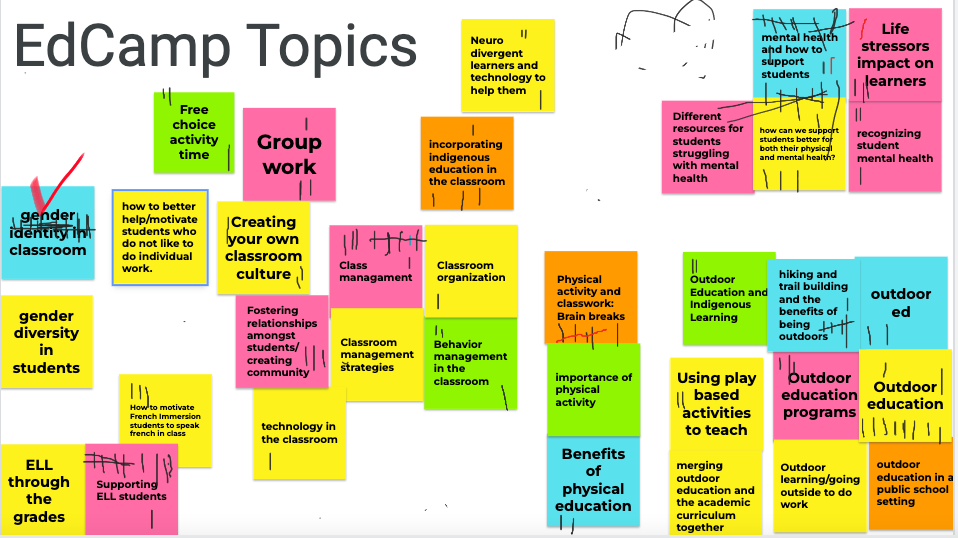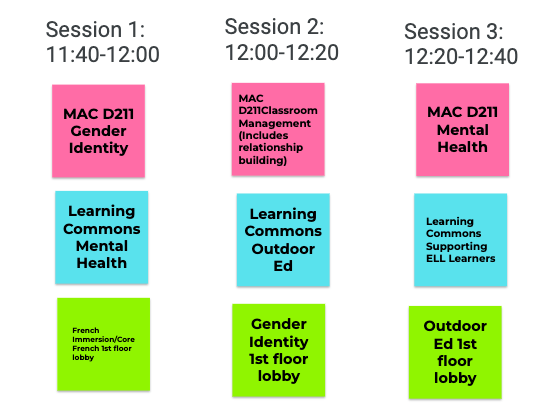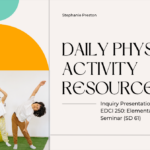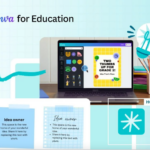In our EDCI 336 class this week, we learned about EdCamps. I had never heard about EdCamps before but after talking about them and participating in our own mini version of one, I can see all of the benefits. It makes me excited to think about participating in an EdCamp as a practicing teacher one day!
So What Is EdCamp?
Edcamps are free, informal sessions for and led by teachers. It is a development day for educators, where the participants are the facilitators of the event. Anyone can attend these sessions and the focus is on collaboration and connections, group expertise, new tools and resources, and instructional design. There is no preplanning for what the session topics will be about, it is all decided on the day of as they are participant-driven.
So How Does EdCamp Work?
Educators come into a space (whether it be in person or online), mingle, and write a topic of interest onto a sticky note of sorts that then gets put onto a communal board. This topic can be anything of interest to the individual. It can be on a subject that they would like to share information on, learn more about, and/or have a general interest in. After everyone has put up a topic, the organizers of the event arrange them into categories. Then, participants vote on the top topics they would like to attend (with a voting limit). Once all of the votes are in, the event organizers arrange times and locations for each topic. Topics will go on at all parts of the day so participants will need to choose which ones speak the most to them. As a participant you can join any room that is discussing a topic you are interested in, and at any time you can leave and go join another discussion. This is called the “law of two feet” which encourages participants to actively self-select the best content and sessions that meet their needs. If a session doesn’t meet their needs, then they can just leave. I love that this is encouraged in EdCamps as it gives adjacency to the participant’s learning without being pressured to stay, which is a Western societal “norm” that has been ingrained in us.
For our mini EdCamp, we used Jamboard instead of using sticky notes to write out our topics of interest on a “board”. Jamboard was a fantastic tool to use for this activity as it was accessible to everyone in the classroom, made it anonymous, there was no crowding and it’s more environmentally friendly (No Waste!!).

After we voted, we had three, twenty-minute sessions of topics of our choosing, where we had open discussions with our peers. Our topics included: Gender identity, mental health, French immersion/Core, outdoor education, classroom management and supporting ELL students.

These open discussions were so beneficial when inquiring about new topics and when gaining other’s perspectives. In a class of 36 students, we were able to pull from our past experiences in education, experiences and observations in our Link2Practice, and offer new questions that were prompted by having these discussions. I am very thankful for our instructor, Joanna Lake, for not only sharing this valuable resource with us but for participating in the discussion topics with us.




